3 simple desk exercises to improve your posture at work
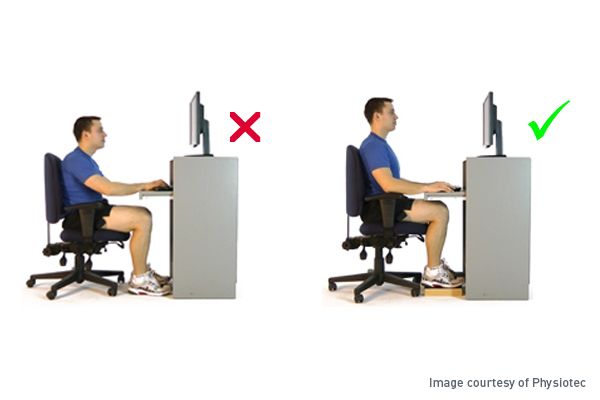
If you think you can’t suffer a work-related injury because you have a desk job, think again. Research has shown that sitting at a desk for prolonged periods can be one of the most hazardous things you can do to your body.
Sitting all day can lead to a number of repetitive strain injuries of the hands, elbows, shoulders, neck and back. In 2000/2001, over two million Canadians had a repetitive strain injury (RSI) serious enough to limit their normal activities, and 55% of these injuries were caused by work-related activities. (Stats Canada). And the numbers are growing.
You don't have to work in pain!
Many people believe that working in pain is normal. Remember, what’s common is not always normal. And there are simple steps you can take to improve your posture and avoid RSI’s.
- Your best posture is your next posture, incorporate exercise breaks and change your posture throughout the day. Just get up and move!
- Minimize poor posture by adjusting and organizing your work station. See if your organization will bring in an expert for an ergonomic assessment of your workspace.
- Exercise and eat right. A strong, physically healthy body is more resilient after injury/illness.
Try these 3 simple desk-ercises to improve your posture
1. Chin tucks
This move can help to reverse the “forward head posture” often associated with poor desk posture. The forward head position can lead to a number of neck and shoulder RSI’s.
Instructions:
- Sit up tall
- Focus on an object at eye level while you slowly tuck your chin inward and pull yourself up as if there is a rope pulling the back of your head upward
- Maintain the position for 10 seconds, relax and repeat ten times

2. Bruegger exercise
Developed by a Swiss neurologist, Alois Bruegger, this exercise is designed to help activate the much-neglected extensor muscles and secondly, inhibit tight flexor muscles that lead to rounded shoulders and hunched backs.
Instructions:
- Sit in a chair with your arms relaxed by your side
- Rotate your arms so your thumbs are pointing backward
- Squeeze the shoulder blades together, keep your chin tucked and hold 15 seconds three times

3. Upper back extension
Your upper back (or thoracic spine) is meant to be mobile. If it gets stiff, areas above (neck) and below (low back) have to move more to achieve full function. This extra demand on your neck and low back can lead to pain and RSI’s. Try this move to improve thoracic mobility.
Instructions:
- Sit forward and tall in your chair
- Place your hands on the back of your neck to prevent movement at the neck
- Slowly look up towards the ceiling by raising your elbows
- Return to starting position and repeat ten times

How often should you do these exercises?
During every rest/exercise break you take throughout the day. If possible, every hour of your workday.
If you’re experiencing pain from sitting at a desk for prolonged periods or any of these exercise moves cause you discomfort or pain, book an appointment with your preferred Lifemark health care provider for a detailed assessment and treatment plan.
Related Articles
Adjusting to the new normal: the benefits of "hybrid care"
Understanding pelvic organ prolapse and why a pessary can help
Psychotherapy at a distance: Using Virtual Care to support mental health
The forward fold stretch: the perfect exercise if you work at a desk all day
How my daughter’s Occupational Therapist made a difference
How underactive gluteal muscles can cause lower back pain
Keep yourself safe at work and out of physio
24 hour movement guidelines for children's best health
My New Year resolution: To prevent injuries
Keep your stick on the ice this hockey season
Can you get injured raking leaves?
Know your Pilates - clinical Pilates versus traditional Pilates
3 things every amateur swimmer should start doing to prevent shoulder injury
Prevent low back injury when shovelling snow
When your toe won't bend
Let's keep in touch!
SIGN UP TO GET HEALTH AND WELLNESS INFO RIGHT TO YOUR INBOX
Subscribe to receive the latest health and wellness news and information in your inbox every month.
By subscribing you agree to our privacy policy. You can unsubscribe at any time.


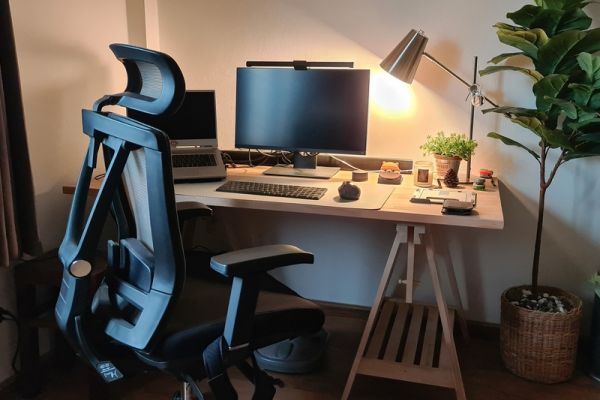
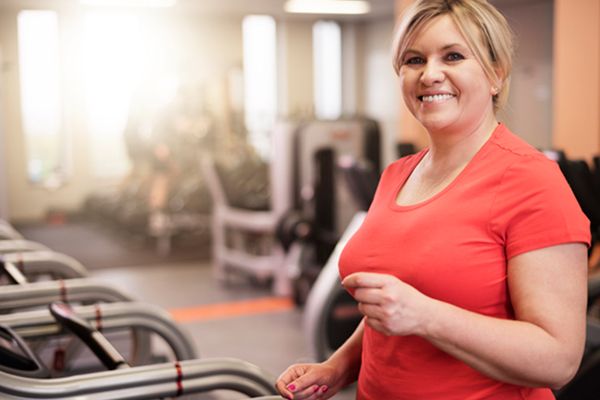









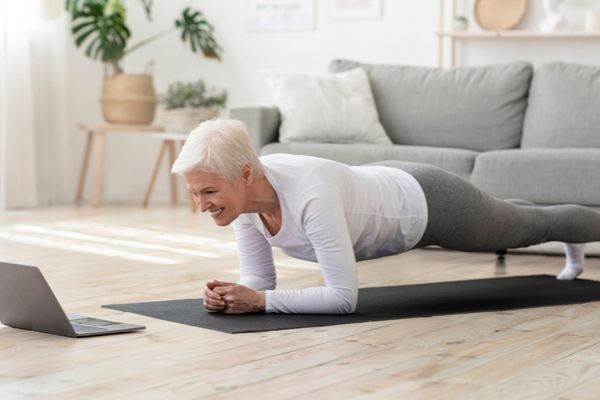
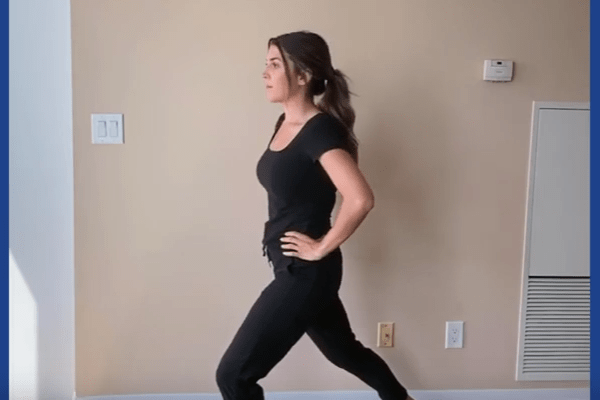






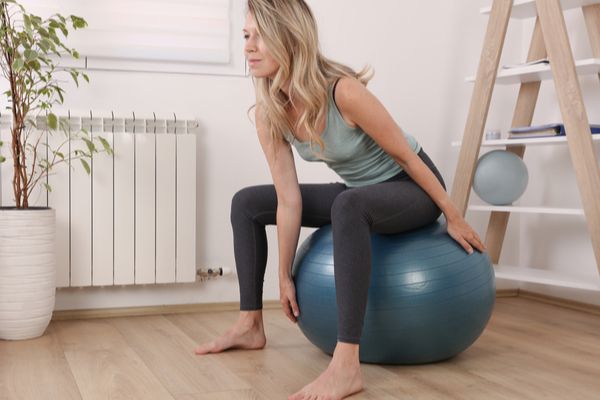














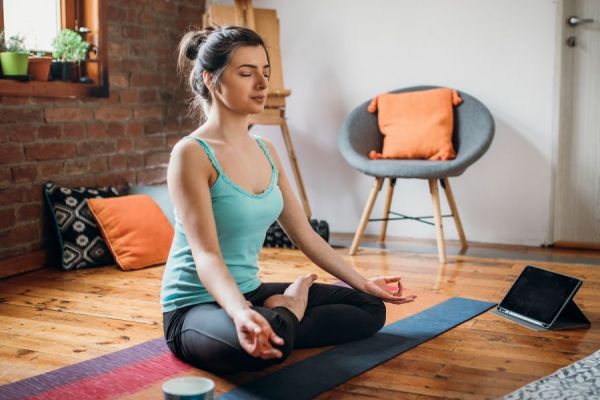




































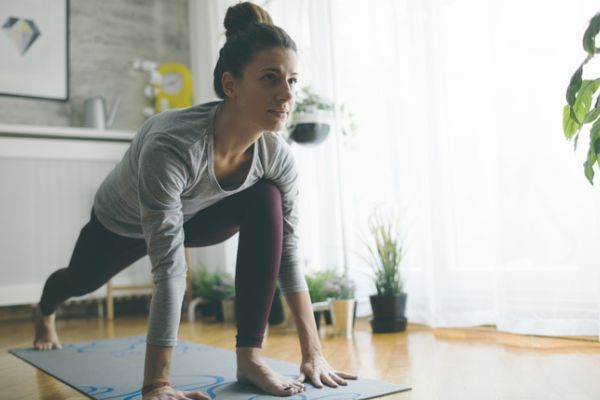









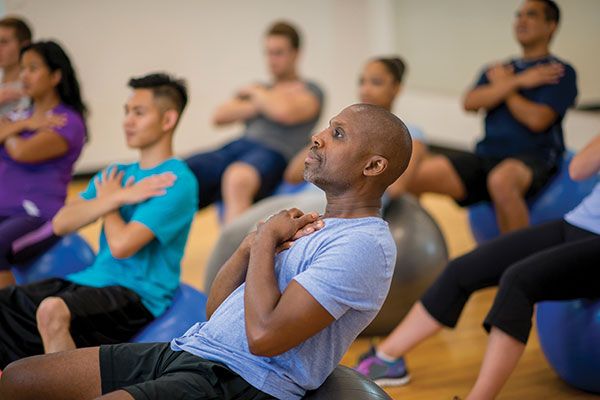





















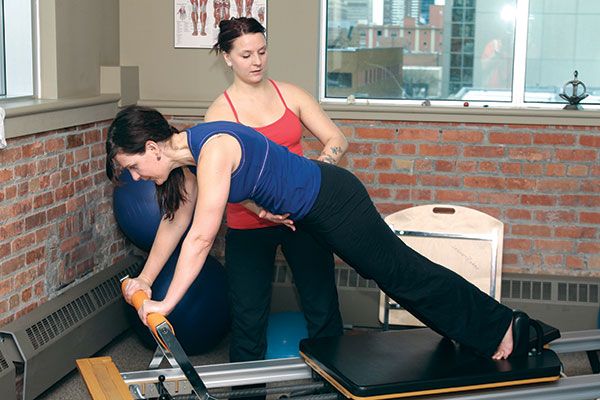







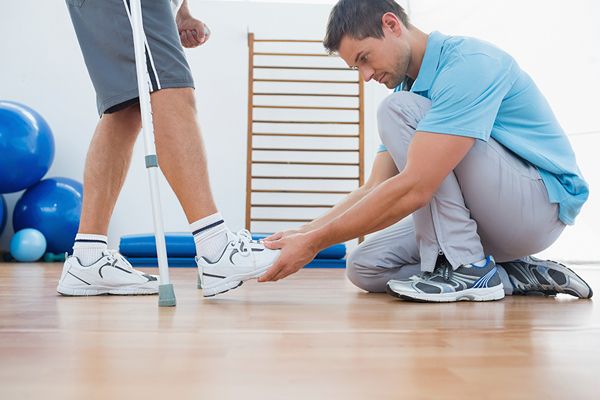

We can help you move and feel better.
Book an appointment today.